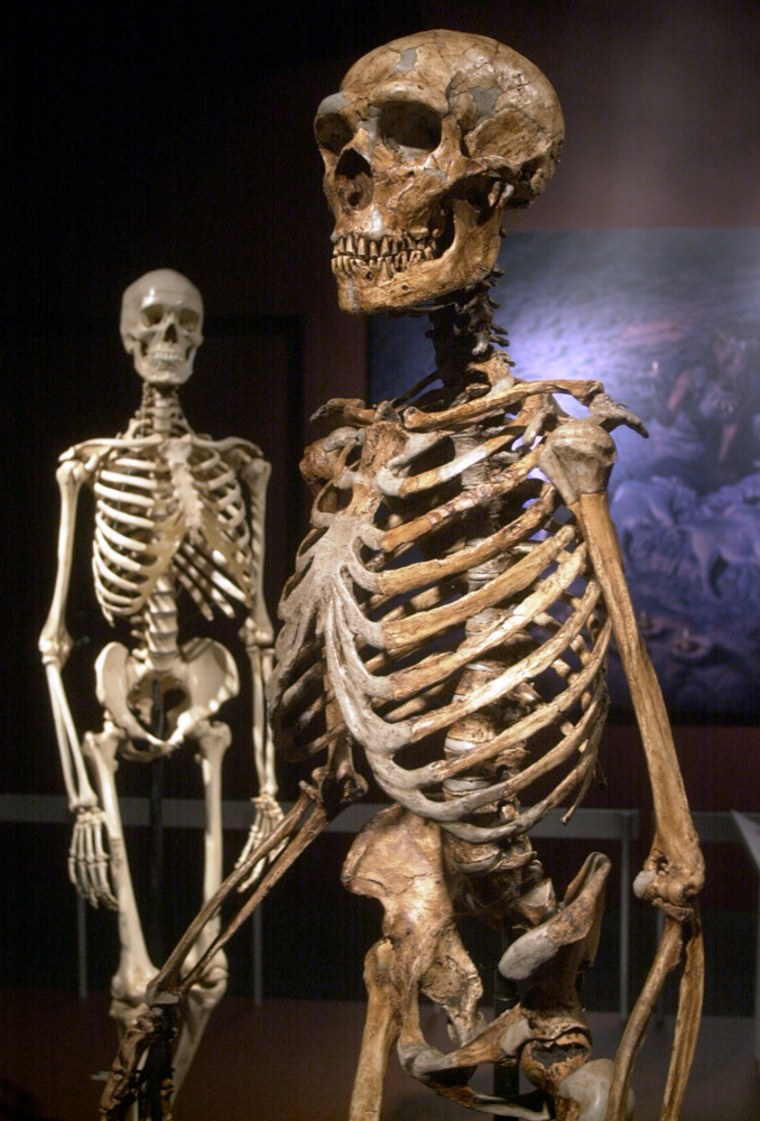Neanderthals, the stocky kin of modern humans, were far more widespread geographically than previously thought, with some trekking into southern Siberia before vanishing about 30,000 years ago, scientists said on Monday.
Researchers led by Svante Paabo of the Max Planck Institute for Evolutionary Anthropology in Leipzig, Germany, found that Neanderthals spread 1,250 miles further east than scientists had commonly believed.
The scientists used genetic tests to determine that three fragmentary bones previously found in the Altai region of southern Siberia were indeed those of a Neanderthal. They also confirmed that a child's skeletal remains from Teshik-Tash in the Central Asian nation of Uzbekistan were from a Neanderthal.
Scientists previously had established that Neanderthals lived in Europe, the Middle East and parts of Asia before their disappearance, perhaps after some type of competition with modern humans who had migrated out of Africa.
"Intriguingly, their presence in southern Siberia raises the possibility that they may have been present even farther to the east, in Mongolia and China," the researchers wrote in the journal Nature.
Since the discovery in the 19th century of Neanderthal remains in the Neander Valley near Dusseldorf, Germany, scientists have struggled to understand just who were these stockily built archaic humans and why did they die off.
Scientists also are aiming to clarify the evolutionary relationship between modern humans, who left Africa and quickly spread around the world starting roughly 100,000 years ago, and Neanderthals.
"They are our closest relatives," Paabo said in a telephone interview. "If you saw one in the street, she or he would strike you as very robust and muscular, with a big brow ridge and bigger musculature. But they had, for example, just as big a brain as we have."
Traits typical of Neanderthals appear in remains dating from 400,000 years ago, and Neanderthals disappeared about 30,000 years ago, the researchers said.
Paabo, a leader in the field of ancient DNA research, also is instrumental in an effort launched last year to complete a first draft of the Neanderthal genome.
The fact that their geographic range was even bigger than previously thought makes their disappearance all the more mysterious, Paabo said.
